Researchers continue to refine the process for producing laser-induced graphene that promises big changes in energy storage.
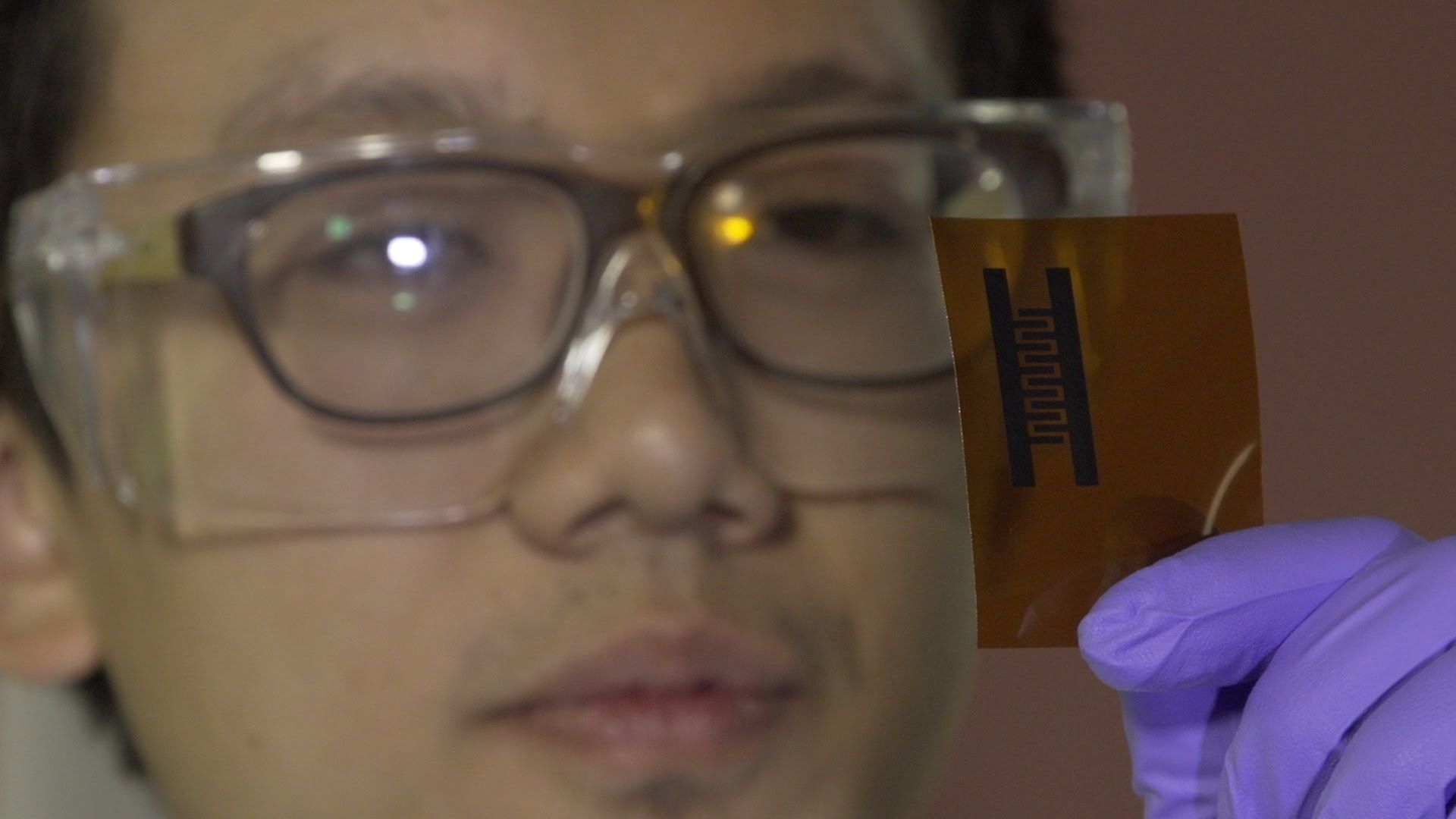

Researchers continue to refine the process for producing laser-induced graphene that promises big changes in energy storage.
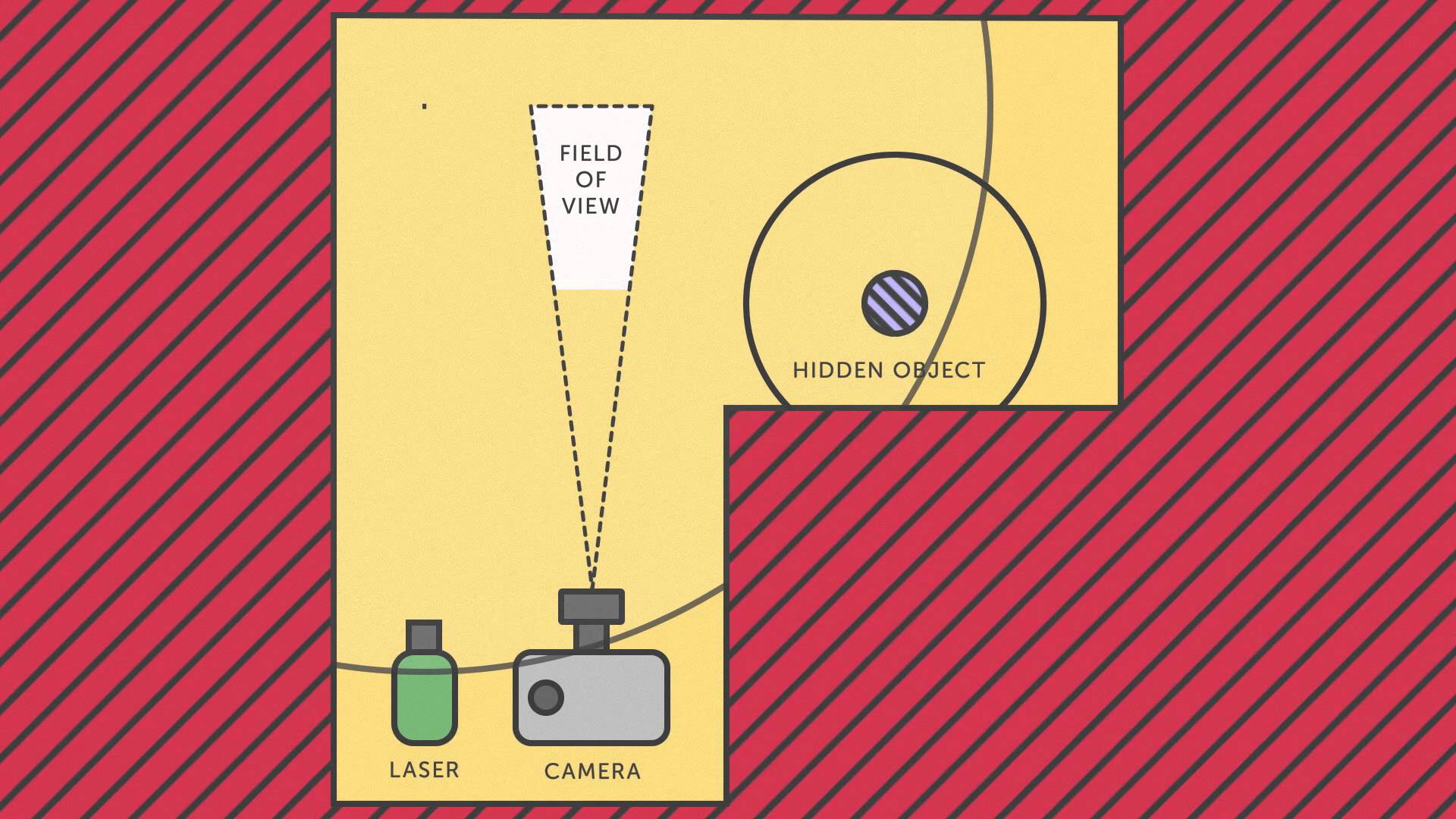
https://youtube.com/watch?v=Pi7iCUSXctY
How can a person see around a blind corner? One answer is to develop X-ray vision. A more mundane approach is to use a mirror. But if neither are an option, a group of scientists led by Genevieve Gariepy have developed a state-of-the-art detector which, with some clever data processing techniques, can turn walls and floors into a “virtual mirror”, giving the power to locate and track moving objects out of direct line of sight.
The shiny surface of a mirror works by reflecting scattered light from an object at a well-defined angle towards your eye. Because light scattered from different points on the object is reflected at the same angle, your eye sees a clear image of the object. In contrast, a non-reflective surface scatters light randomly in all directions, and creates no clear image.
However, as the researchers at Heriot-Watt University and the University of Edinburgh recognised, there is a way to tease out information on the object even from apparently random scattered light. Their method, published in Nature Photonics, relies on laser range-finding technology, which measures the distance to an object based on the time it takes a pulse of light to travel to the object, scatter, and travel back to a detector.
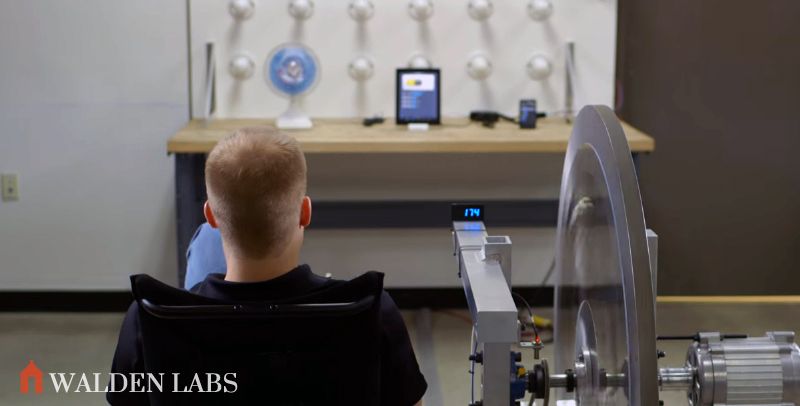
Would you exercise for an hour every day if the workout powered your home for twenty-four hours?
People often complain about the high costs of energy and the fact that they “never have time to workout.” This invention certainly solves both conundrums.
And, most importantly, this free power invention has the potential to lift the 1.3 billion people who presently live without electricity out of poverty.
Ubiquitous sodium could replace rare lithium in rechargeable batteries, French researchers show. And it could make batteries A LOT cheaper.
Will sodium replace lithium as the material of choice for rechargeable batteries?
[youtube_sc url=“https://www.youtube.com/watch?v=YhgIY-Vghj4”]
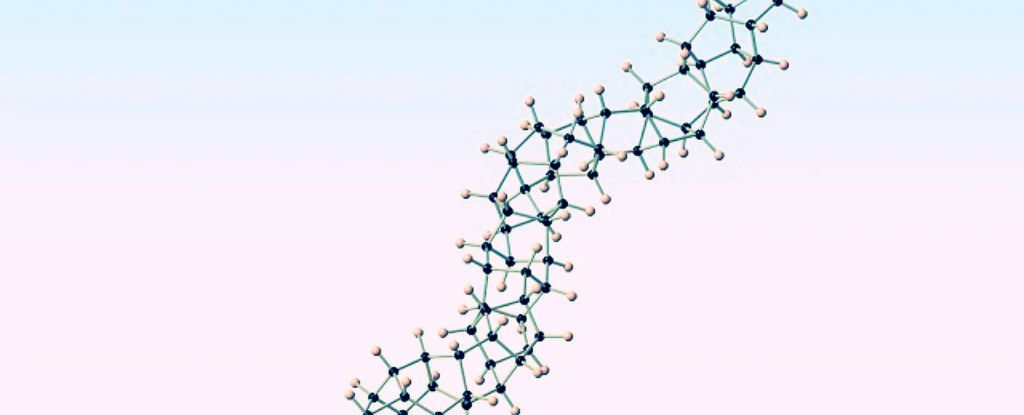
For some time now, graphene has been the wonder material that scientists have been most excited about using: as it develops, it promises to transform everything from night-vision goggles to energy storage. Now researchers across the globe think they’ve come up with a material to rival it: diamond nanothread.
The clues are in the name. This potentially revolutionary, next-generation material is partly made from diamond and is incredibly thin as well as incredibly strong. Technically speaking, we’re looking at a type of carbon (like graphene) taking the form of a one-dimensional diamond crystal that’s topped with hydrogen. To create the material, benzene molecules were stacked together and pressurised.
It’s too early to say how diamond nanothread could be used — right now scientists are still at the research and simulation stage — but one of the appeals of a material like this is its versatility. And a team of scientists working at the Queensland University of Technology (QUT) in Australia has been looking into the properties of diamond nanothread and think it might be more versatile and robust than originally believed.
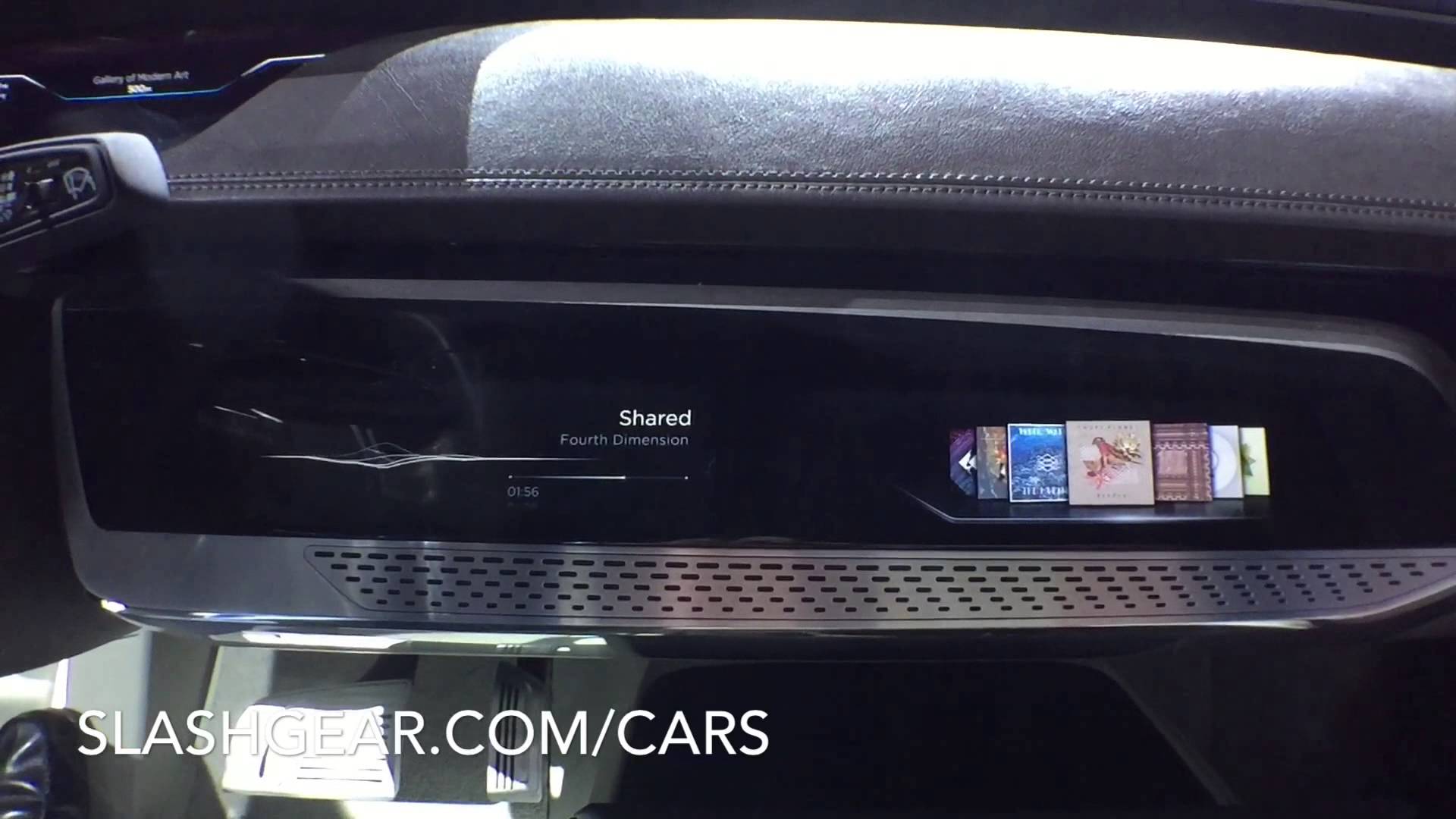
LG really, really wants your next TV, smartwatch, and car to use an OLED panel and, preferably, one that’s come off its new $8.71bn production line. The company’s panel arm, LG Display, has announced a whopping 1.84 trillion South Korean Won investment into a brand new facility dubbed P10, which will cater for what LG predicts will be blockbuster demand for OLED in a range of sizes.
That $8.71bn is only the tip of the iceberg, mind, and the plant — to be constructed in Paju, Gyeonggi Province, Korea — is expected to eventually cost more than five times that amount.
Construction will begin this year, with the initial investment expected to cover the P10 building itself, the foundations for its clean rooms, and the various components of infrastructure for water and power supplies.
https://youtube.com/watch?v=4fCInX116os
Kool, the sooner we can stop worrying about our effects on the carbon cycle so greatly the better. We can grow algae in the oceans.
Hydrogen is a very clean fuel that is increasingly being used as vehicle fuel and to generate electricity. The problem is how to produce it efficiently without generating significant carbon emissions and at a competitive cost. A team of researchers at Imperial College is currently looking at the problem and think they know how to do it.
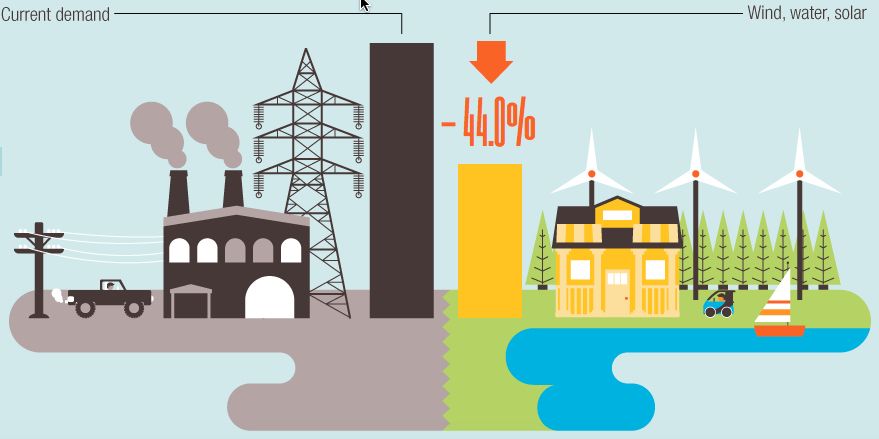
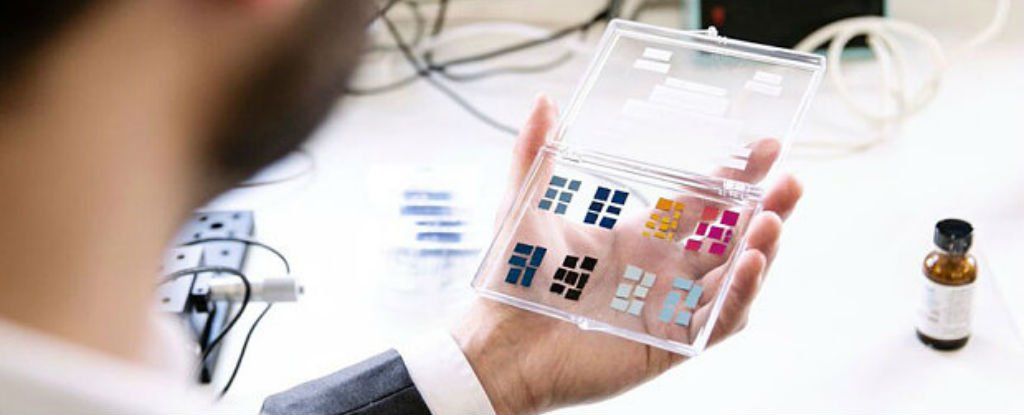
Scientists in the UK have invented a new type of touchscreen material that requires very little power to illuminate, offering up a cheap alternative to today’s smartphone and tablet screens, with vivid colours and high visibility in direct sunlight.
The team is already in talks with some of the world’s largest consumer electronics corporations to see if their new material can replace current LCD touchscreens in the next couple of years, which could spell the end for daily smartphone charging. “We can create an entire new market,” one of the researchers, Peiman Hosseini, told The Telegraph. “You have to charge smartwatches every night, which is slowing adoption. But if you had a smartwatch or smart glass that didn’t need much power, you could recharge it just once a week.”
Developed by Bodie Technologies, a University of Oxford spin-off company, the new display is reportedly made from a type of phase-change material called germanium-antimony-tellurium, or GST. The researchers are being understandably cagey about exactly how it’s made as they shop the technology around, but it’s based on a paper they published last year describing how a rigid or flexible display can be formed from microscopic ‘stacks’ of GST and electrode layers.